October 30 stands as one of history’s most eventful days, witnessing the rise and fall of empires, groundbreaking discoveries, and moments that shaped our modern world across centuries of human achievement.
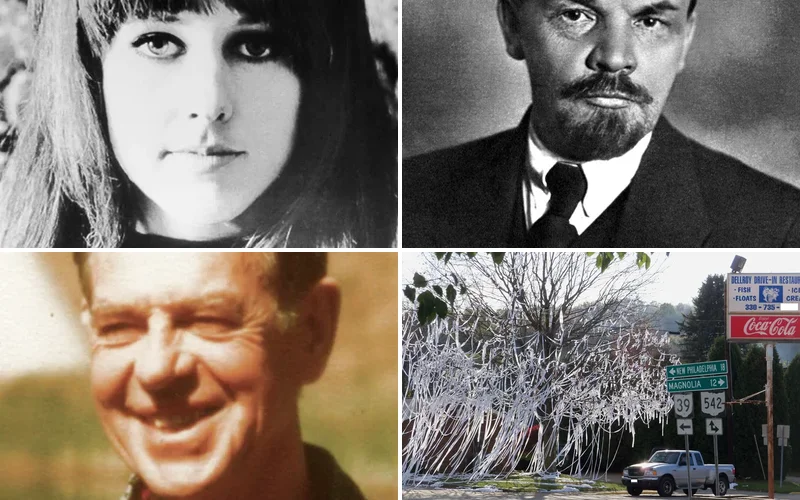
Politics and Government Events on October 30
1905 – Tsar Nicholas II Issues October Manifesto

Tsar Nicholas II granted the Russian people basic civil liberties and the right to form a duma through the October Manifesto. This historic document promised constitutional monarchy and democratic reforms following massive revolutionary pressure.
The manifesto temporarily calmed revolutionary fervor while establishing the framework for Russia’s first parliament. However, the Tsar would later systematically undermine these promised reforms, contributing to future revolutionary upheavals.
1918 – Crown of Saint Stephen Abolished
The Croatian and Hungarian parliaments officially dissolved the historic state union between the Kingdom of Hungary and the Triune Kingdom of Croatia, Slavonia and Dalmatia. This decisive action marked the end of centuries-old political arrangements in Central Europe.
The dissolution reflected broader nationalist movements sweeping through the disintegrating Austro-Hungarian Empire. New independent states would soon emerge from the ashes of this once-mighty dual monarchy.
1983 – Argentina Holds First Democratic Elections
Argentina conducted its first democratic elections after seven years of brutal military dictatorship. Citizens enthusiastically participated in choosing civilian leadership following the trauma of the “Dirty War” period.
The elections marked a crucial transition from authoritarian rule to democratic governance. This historic vote established the foundation for Argentina’s return to constitutional democracy and human rights protection.
1995 – Quebec Sovereignty Referendum
Quebec citizens narrowly voted to remain part of Canada by a margin of just 50.58% to 49.42% in their second independence referendum. The razor-thin result highlighted deep divisions within Quebec society about the province’s future.
The close outcome sent shockwaves through Canadian politics and prompted soul-searching about national unity. This near-separation experience led to significant constitutional discussions and federal efforts to address Quebec’s concerns.
2014 – Sweden Recognizes Palestine
Sweden became the first European Union member state to officially recognize the State of Palestine. This diplomatic breakthrough challenged the EU’s consensus approach to Middle Eastern peace negotiations.
The recognition sparked intense debate among European partners about Palestinian statehood recognition. Sweden’s bold move influenced subsequent discussions about European foreign policy toward the Israeli-Palestinian conflict.
Military and Naval History on October 30
1918 – Ottoman Empire Signs Armistice of Mudros
The Ottoman Empire signed the Armistice of Mudros with the Allied powers, effectively ending its participation in World War I. This agreement granted Allied forces access to Ottoman territory and strategic waterways.
The armistice marked the beginning of the Ottoman Empire’s final collapse after centuries of decline. Allied occupation of Constantinople and other territories would soon follow, leading to the empire’s eventual dissolution.
1941 – Roosevelt Approves Lend-Lease Aid
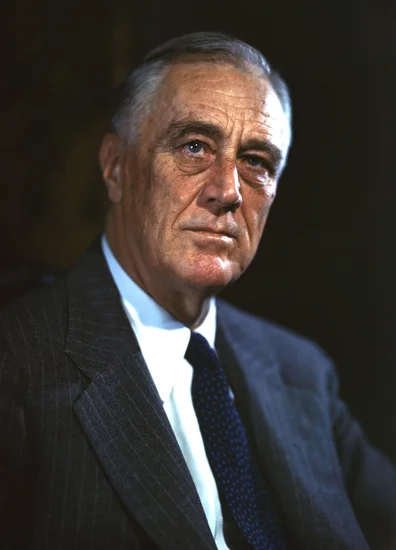
President Franklin D. Roosevelt approved $1 billion in Lend-Lease aid to Allied nations fighting against Axis powers. This massive financial commitment demonstrated America’s growing involvement in World War II before officially entering the conflict.
The aid package provided crucial military equipment and supplies to Britain, Soviet Union, and other allies. This program proved instrumental in sustaining Allied resistance during the war’s darkest periods.
1942 – Code Books Seized from German U-Boat
British naval officers Lt. Tony Fasson and Able Seaman Colin Grazier courageously retrieved vital code books from the sinking German submarine U-559. Both men tragically drowned during this dangerous mission in the Mediterranean Sea.
Their heroic sacrifice provided Allied cryptographers with crucial intelligence for breaking German naval codes. This breakthrough significantly improved Allied convoy protection and contributed to winning the Battle of the Atlantic.
1961 – Soviet Union Detonates Tsar Bomba
The Soviet Union detonated the Tsar Bomba, the most powerful nuclear weapon ever tested by humanity. This 50-megaton hydrogen bomb demonstrated unprecedented destructive capability during the height of the Cold War.
The massive explosion created a mushroom cloud reaching 40 miles high and shattered windows hundreds of miles away. This test escalated nuclear tensions and demonstrated the terrifying potential of thermonuclear warfare.
1968 – North Korean Commando Infiltration
A squad of 120 North Korean Army commandos landed along South Korea’s eastern coast in boats, attempting to overthrow Park Chung Hee’s dictatorship. The ambitious infiltration operation aimed to spark a popular uprising and achieve Korean reunification.
South Korean forces successfully repelled the invasion after intense fighting along the coastline. This failed operation heightened tensions on the Korean Peninsula and demonstrated North Korea’s willingness to use military force.
Science and Discovery Milestones on October 30
1938 – War of the Worlds Radio Broadcast
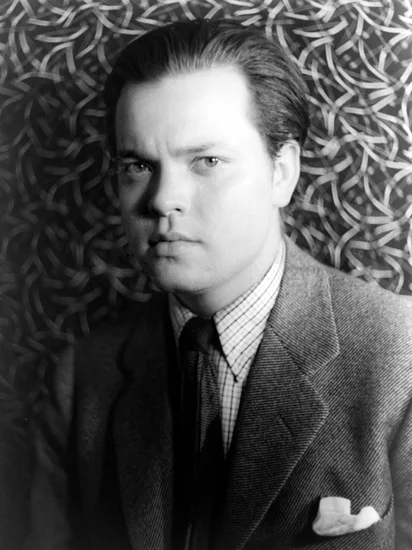
Orson Welles broadcast his famous radio adaptation of H.G. Wells’s “The War of the Worlds,” causing widespread panic among American listeners. The realistic news-bulletin format convinced many that Martians were actually invading Earth.
Thousands of terrified citizens fled their homes or called police stations seeking information about the supposed invasion. This incident demonstrated radio’s powerful influence on public opinion and the importance of clear media identification.
1961 – Stalin’s Body Removed from Lenin’s Tomb
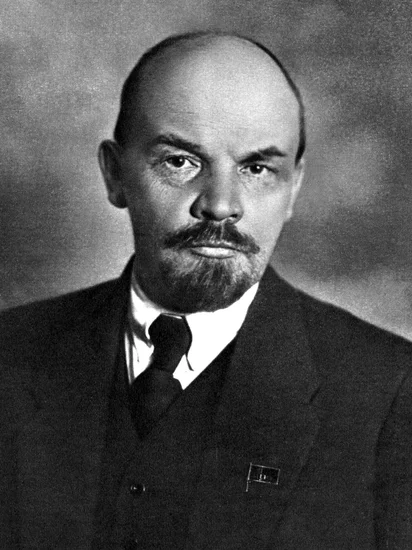
Soviet authorities removed Joseph Stalin’s embalmed body from its place of honor beside Lenin in Red Square. This dramatic action reflected Nikita Khrushchev’s de-Stalinization policies and official condemnation of Stalin’s brutal dictatorship.
The removal occurred under cover of darkness to avoid public demonstrations or protests. Stalin’s remains were reburied near the Kremlin Wall with only a simple granite marker identifying the former dictator.
1985 – Space Shuttle Challenger’s Final Successful Mission
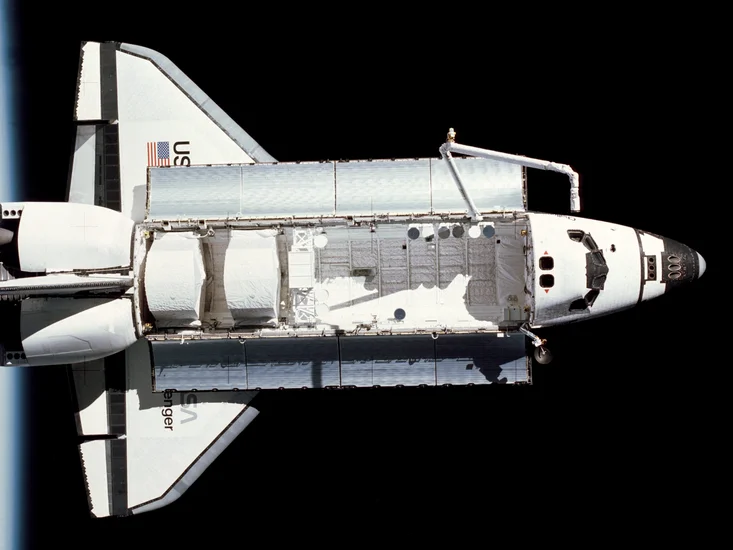
Space Shuttle Challenger launched on mission STS-61-A, its final successful spaceflight before the tragic disaster four months later. The mission carried the largest crew ever launched on a single spacecraft at that time.
The eight-person international crew conducted numerous scientific experiments during their week-long orbital mission. This successful flight represented the peak of the shuttle program’s operational capabilities and international cooperation.
Cultural and Arts Events on October 30
2005 – Dresden Frauenkirche Reconsecration
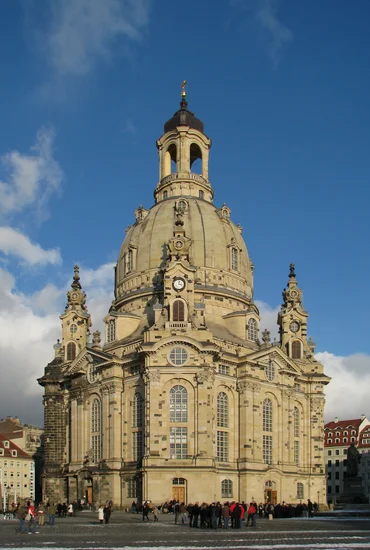
The rebuilt Dresden Frauenkirche was reconsecrated after a thirteen-year reconstruction project following its destruction in World War II. This magnificent baroque church had lain in ruins for decades as a war memorial.
The painstaking restoration used original stones and traditional techniques to recreate the architectural masterpiece. The ceremony symbolized reconciliation between former enemies and the triumph of peace over destruction.
Religious and Social Events on October 30
1991 – Madrid Peace Conference Begins
The Madrid Conference commenced as an international effort to revive Israeli-Palestinian peace negotiations. This multilateral gathering brought together key Middle Eastern parties under American and Soviet sponsorship.
The conference established direct dialogue between Israelis and Palestinians for the first time in decades. Although immediate breakthroughs proved elusive, these talks laid groundwork for future Oslo Peace Accords.
1941 – Holocaust Deportation from Pidhaytsi

Nazi forces deported fifteen hundred Jews from the Ukrainian town of Pidhaytsi to the Bełżec extermination camp. This tragic event represented one of countless mass deportations during the Holocaust’s systematic extermination campaign.
The deportation effectively destroyed Pidhaytsi’s centuries-old Jewish community through deliberate genocide. This horrific crime exemplified the Nazi regime’s methodical approach to implementing the “Final Solution.”
1944 – Anne Frank Deported to Bergen-Belsen
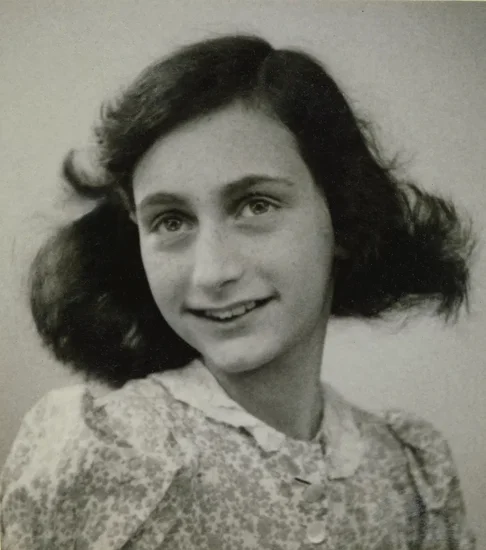
Anne Frank and her sister Margot were deported from Auschwitz to Bergen-Belsen concentration camp. The sisters would die from disease in the camp just months before liberation, shortly before the war’s end.
Their transfer to Bergen-Belsen came as Soviet forces approached Auschwitz and Nazi authorities evacuated prisoners westward. Anne’s diary, discovered after the war, would become one of the most powerful testimonies to Holocaust victims.
Business and Economic Events on October 30
1947 – General Agreement on Tariffs and Trade Founded
The General Agreement on Tariffs and Trade (GATT) was established, creating the foundation for international trade liberalization. This multilateral agreement aimed to reduce trade barriers and promote global economic cooperation.
GATT negotiations produced successive rounds of tariff reductions that dramatically increased international commerce. The agreement eventually evolved into the World Trade Organization, fundamentally reshaping global economic relationships.
1920 – Communist Party of Australia Founded
The Communist Party of Australia was officially established in Sydney, bringing Marxist ideology to the Australian political landscape. Founding members sought to represent working-class interests and challenge capitalist economic structures.
The party would play a significant role in Australian labor movements and political debates for decades. Despite facing government suppression and internal divisions, the party influenced social policy and workers’ rights campaigns.
1980 – El Salvador-Honduras Border Dispute Resolution
El Salvador and Honduras agreed to submit their territorial dispute to the International Court of Justice, seeking peaceful resolution of issues that sparked the 1969 Football War. This diplomatic breakthrough ended years of tension between the Central American neighbors.
The agreement demonstrated both nations’ commitment to international law over military conflict. The ICJ’s eventual ruling would establish clear boundaries and improve bilateral relations between the formerly hostile countries.
Transportation and Infrastructure on October 30
1973 – Bosphorus Bridge Completed

The Bosphorus Bridge in Turkey was completed, connecting the European and Asian continents across the strategic Bosphorus strait. This engineering marvel represented the second bridge spanning between Europe and Asia in history.
The suspension bridge dramatically improved transportation between Istanbul’s European and Asian districts. This vital link facilitated economic development and demonstrated Turkey’s growing technological capabilities during the 1970s.
1975 – Inex-Adria Flight 450 Crashes

Inex-Adria Aviopromet Flight 450 crashed into Suchdol while approaching Prague Airport, killing all 45 people aboard. The Yugoslav charter flight was carrying tourists returning from a Mediterranean vacation.
Investigators determined that navigation errors and poor weather conditions contributed to the tragic accident. This disaster highlighted the importance of improved air traffic control systems and pilot training protocols.
1959 – Piedmont Airlines Flight 349 Crashes
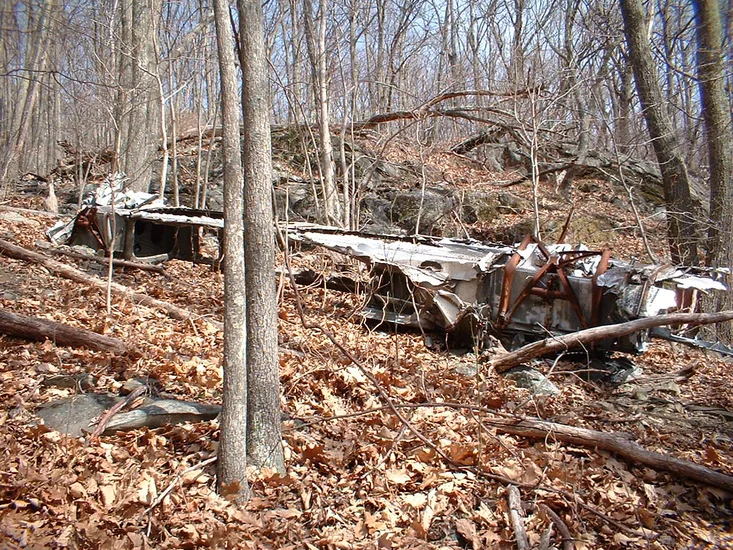
Piedmont Airlines Flight 349 crashed during approach to Charlottesville-Albemarle Airport in Virginia, killing 26 of 27 passengers and crew. The DC-3 aircraft encountered severe weather conditions during the attempted landing.
The sole survivor provided crucial testimony about the flight’s final moments and emergency procedures. This accident led to improved weather monitoring systems and enhanced pilot training for challenging landing conditions.
Sports and Recreation on October 30
1945 – Jackie Robinson Breaks Baseball Color Barrier

Jackie Robinson signed a contract with the Brooklyn Dodgers, becoming the first African American to break baseball’s color barrier in the modern era. His signing with the Kansas City Monarchs had prepared him for this historic moment.
Robinson’s courage and exceptional athletic ability opened doors for countless African American athletes. His integration of professional baseball marked a crucial victory in the broader civil rights movement and American social progress.
Notable Births on October 30
1939 – Grace Slick Born

American singer-songwriter Grace Slick was born in Highland Park, Illinois. Her powerful voice and charismatic stage presence would define the psychedelic rock movement of the 1960s.
Slick achieved fame as the lead vocalist for Jefferson Airplane and Jefferson Starship. Her iconic performances of “White Rabbit” and “Somebody to Love” became anthems of the counterculture generation.
1960 – Diego Maradona Born

Argentine footballer Diego Maradona was born in Lanús, Buenos Aires Province. His extraordinary dribbling skills and passionate playing style would make him one of football’s greatest legends.
Maradona led Argentina to World Cup victory in 1986 with unforgettable performances including the infamous “Hand of God” goal. His controversial career combined brilliant artistry with personal struggles that captivated global audiences.
1945 – Henry Winkler Born
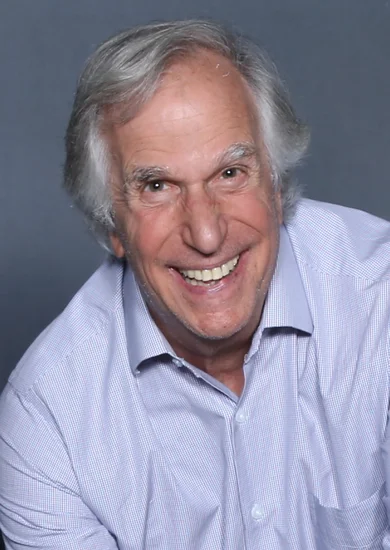
American actor Henry Winkler was born in New York City. His breakthrough role as Arthur “Fonzie” Fonzarelli in “Happy Days” would make him a television icon and cultural phenomenon.
Winkler’s portrayal of the cool motorcycle-riding Fonzie captured America’s imagination during the 1970s. His later career as a director, producer, and children’s book author demonstrated his versatility and creativity.
1941 – Theodor Hänsch Born
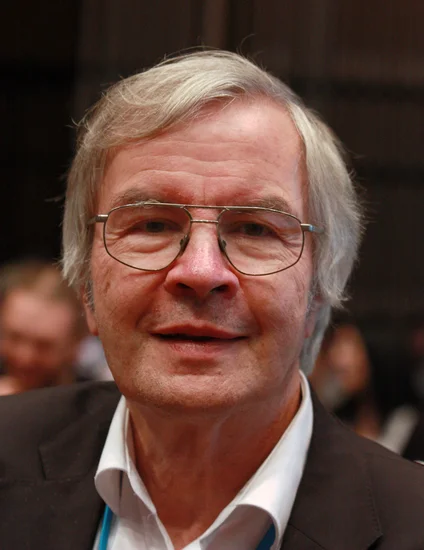
German physicist Theodor Hänsch was born in Heidelberg. His groundbreaking work in laser spectroscopy and optical frequency measurement would earn him the Nobel Prize in Physics.
Hänsch’s innovations in precision laser technology revolutionized atomic and molecular physics research. His optical frequency comb technique enabled unprecedented accuracy in time and frequency measurements.
1970 – Nia Long Born

American actress Nia Long was born in Brooklyn, New York. Her versatile performances in both dramatic and comedic roles would establish her as a prominent figure in Hollywood.
Long gained recognition through memorable roles in films like “Boyz n the Hood” and “The Best Man” series. Her television work, including “Empire” and “You People,” showcased her range and enduring appeal.
1957 – Kevin Pollak Born

American actor Kevin Pollak was born in San Francisco, California. His comedic timing and dramatic abilities would make him a sought-after character actor in Hollywood.
Pollak’s notable film appearances include “A Few Good Men,” “The Usual Suspects,” and “Casino.” His talent for impressions and stand-up comedy complemented his successful acting career.
1978 – Matthew Morrison Born

American singer-songwriter and actor Matthew Morrison was born in Fort Ord, California. His musical theater background would lead to television stardom and Broadway success.
Morrison gained widespread recognition playing Will Schuester in the hit series “Glee.” His performances helped popularize musical theater among younger audiences and showcase contemporary music education.
1954 – Mario Testino Born

Peruvian-English photographer Mario Testino was born in Lima, Peru. His glamorous fashion photography would define luxury brand imagery and celebrity portraiture for decades.
Testino’s work for Vogue, Vanity Fair, and major fashion houses established him as one of the world’s most influential photographers. His portraits of the British Royal Family and international celebrities gained global recognition.
Notable Deaths on October 30
1910 – Henry Dunant Dies

Swiss humanitarian Henry Dunant died in Heiden, Switzerland, at age 82. His experiences witnessing the Battle of Solferino in 1859 inspired him to establish the International Red Cross.
Dunant’s vision of neutral humanitarian aid during warfare revolutionized international law and medical care. He became the first recipient of the Nobel Peace Prize in 1901 for his lifelong dedication to humanitarian causes.
1987 – Joseph Campbell Dies

American mythologist Joseph Campbell died in Honolulu, Hawaii, at age 83. His comparative studies of world mythology and religion influenced generations of scholars, writers, and filmmakers.
Campbell’s concept of the “Hero’s Journey” provided a universal framework for understanding storytelling across cultures. His work, including “The Hero with a Thousand Faces,” inspired countless creative works including the Star Wars saga.
2009 – Claude Lévi-Strauss Dies

French anthropologist Claude Lévi-Strauss died in Paris at age 100. His structural approach to anthropology revolutionized the study of human societies and cultural systems.
Lévi-Strauss’s analysis of kinship structures, myths, and symbolic systems established him as one of the most influential social scientists of the 20th century. His work bridged anthropology, linguistics, and philosophy in groundbreaking ways.
2000 – Steve Allen Dies

American entertainer Steve Allen died in Encino, California, at age 78. His innovative television work, particularly “The Tonight Show,” established the template for modern late-night entertainment.
Allen’s versatility as a comedian, musician, and television host made him a pioneer in multiple entertainment fields. His contributions to comedy, music, and television production influenced countless performers and producers.
1979 – Barnes Wallis Dies

English scientist Barnes Wallis died in Effingham, Surrey, at age 92. His engineering innovations, particularly the famous “bouncing bomb,” played a crucial role in World War II’s outcome.
Wallis’s “Dambusters” raids against German dams demonstrated the strategic importance of precision engineering in warfare. His aeronautical innovations, including swing-wing aircraft designs, advanced aviation technology significantly.
1923 – Bonar Law Dies

Canadian-born British Prime Minister Bonar Law died in London at age 65. His brief tenure as Prime Minister ended due to throat cancer, making him one of the shortest-serving British leaders.
Law’s political career spanned the tumultuous period of World War I and its aftermath. His leadership during the Irish crisis and post-war economic challenges demonstrated his dedication to British imperial interests.
1975 – Gustav Ludwig Hertz Dies

German physicist Gustav Ludwig Hertz died in Berlin at age 88. His pioneering work in atomic physics, particularly electron collision experiments, earned him the Nobel Prize in Physics in 1925.
Hertz’s research with James Franck provided crucial experimental evidence for quantum theory’s validity. Their work helped establish the quantum mechanical model of atomic structure and electron behavior.
Holidays and Observances on October 30
Day of Remembrance of Victims of Political Repressions

Former Soviet republics observe the Day of Remembrance of Victims of Political Repressions to honor millions who suffered under Stalin’s regime. This solemn commemoration acknowledges the human cost of totalitarian rule.
The observance encourages reflection on the importance of human rights and democratic freedoms. Memorial services and educational programs help preserve the memory of those who perished during political purges.
Mischief Night

Ireland, Canada, the United Kingdom, and the United States celebrate Mischief Night, a traditional evening of harmless pranks and playful tricks. This pre-Halloween custom allows communities to engage in lighthearted mischief.
Children and teenagers traditionally engage in toilet papering, egg throwing, and other minor pranks on neighbors and friends. The celebration provides an outlet for playful rebellion before Halloween’s more formal trick-or-treating activities.
Anniversary of Declaration of Slovak Nation
Slovakia commemorates the Anniversary of the Declaration of the Slovak Nation, marking a crucial moment in the country’s path to independence. This declaration affirmed Slovak national identity and political aspirations.
The observance celebrates Slovak cultural heritage and the peaceful transition to independence from Czechoslovakia. Educational programs and cultural events highlight Slovakia’s unique history and contributions to European civilization.
